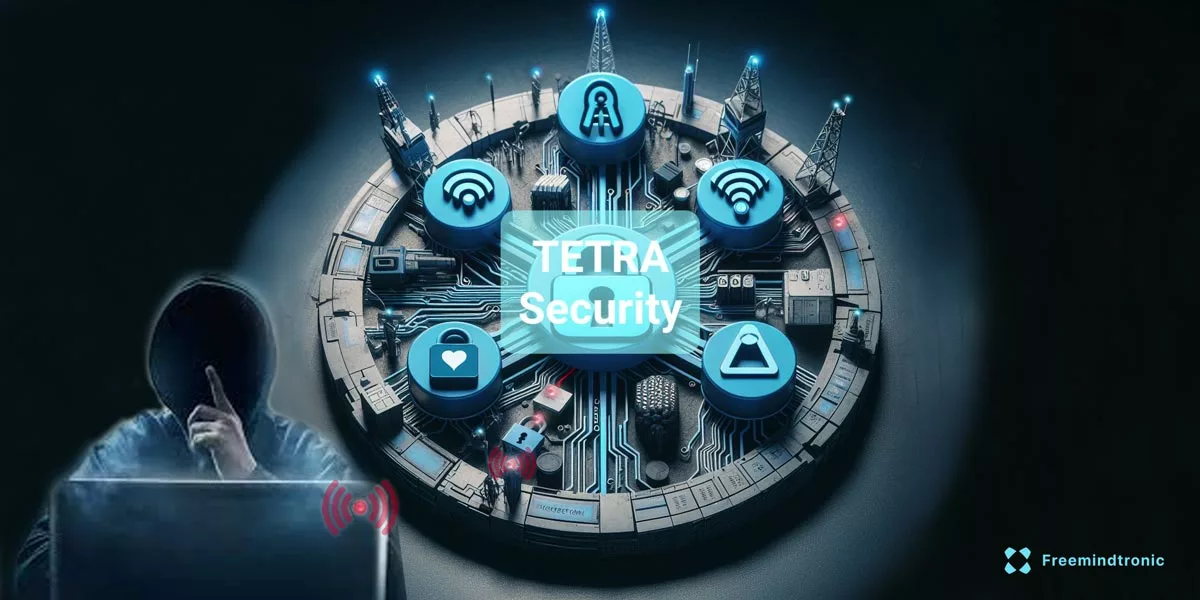NFC vCard: Revolutionize Your Professional Networking As the creator of Cardokey, I am thrilled to introduce an application revolutionizing the exchange of professional information. Utilizing NFC technology, Cardokey offers a groundbreaking, free, and secure way to create, share, and manage NFC vCard digital business cards without the constraints of traditional methods. Expanding its functionalities to […]
Stay informed!
Join our community of technology enthusiasts! Subscribe to our newsletter and receive exclusive updates on the latest news, special offers, and tips from Freemindtronic. Stay informed on the latest technology trends, discover new products, and be among the first to take advantage of them. Sign up now by entering your email address below. Don't miss any updates from Freemindtronic!















